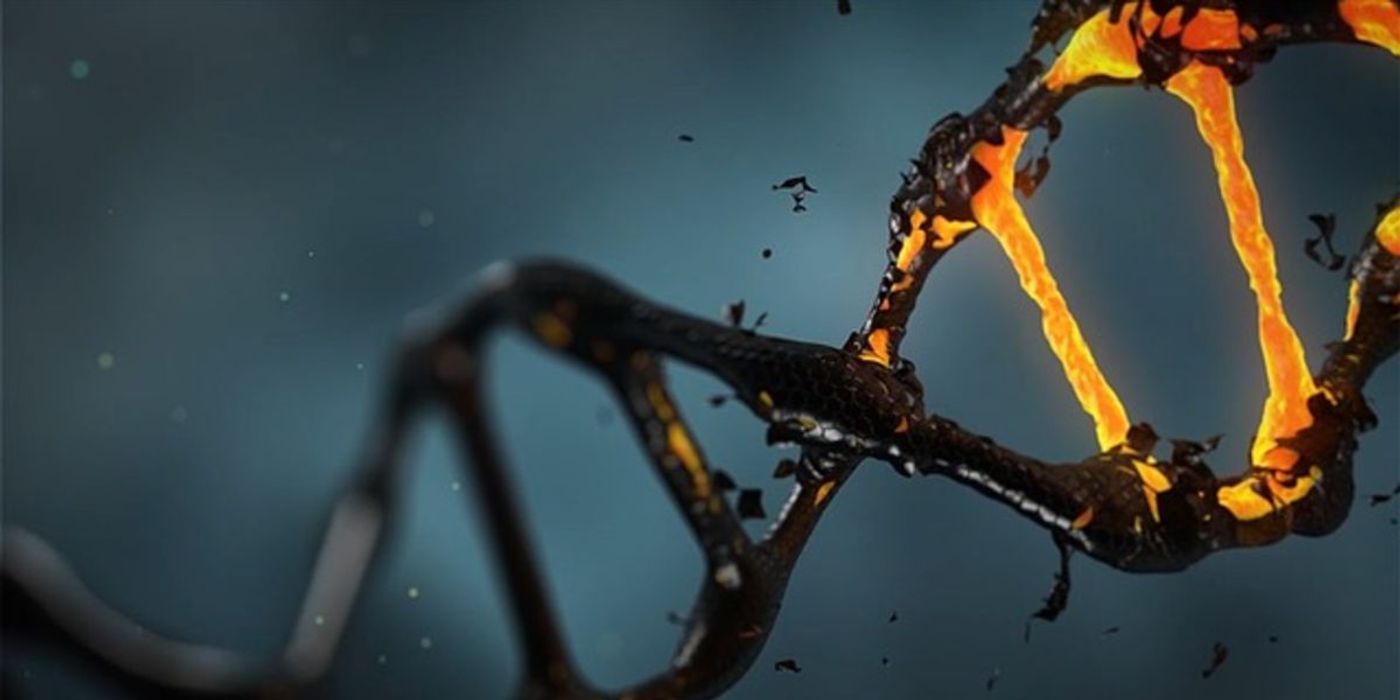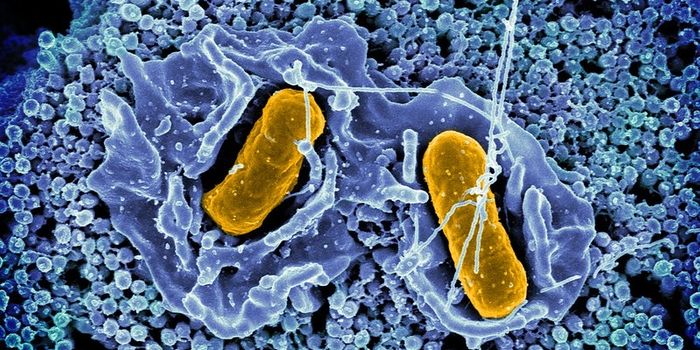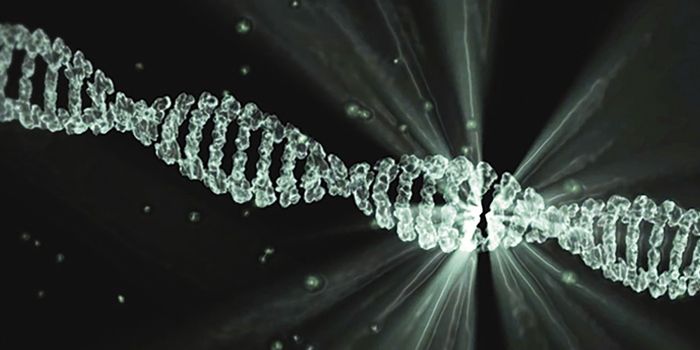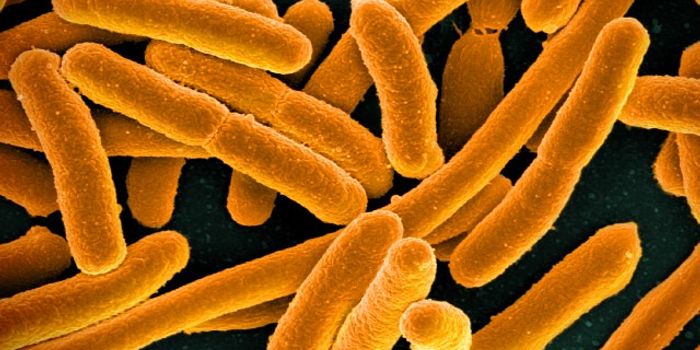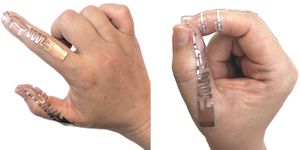New Tool Rapidly Detects Unintended Gene Changes from CRISPR
CRISPR is one of the most promising technologies under development to treat deadly inherited conditions such as cystic fibrosis and sickle cell disease. Normally, it takes two months to map out all of the unintended DNA changes the technology makes as a byproduct of treating a condition. Now though, researchers have found a way to do this in just two days.
CRISPR is an acronym for “clustered regularly interspaced short palindromic repeats”. A defense mechanism found in bacteria, scientists are currently working to adapt it to be able to cut and paste targeted sections of the genome to treat diseases. For example, research is currently underway to use CRISPR to repair the genetic mutation behind the abnormal red blood cells in those with sickle cell disease.
Although gene editing processes have come along way in the last five years, cutting and pasting parts of the genome has been shown to lead to some unintended changes. While the majority of these changes- deletions, duplications and rearrangements of DNA code- are believed to be benign, some may carry risks.
To be able to identify these risks ahead of time and make better risk-benefit decisions on the efficacy of the technology to treat certain conditions, scientists at the Gene Editing Institute developed a system to better isolate, and thus visualize, genetic changes from the gene editing process. Rather than performing gene edits within a cell structure, their system performs gene edits on plasmids, circular segments of DNA that are extracted from cells. Working in a “cell-free” system in this way, the researchers were able to eliminate much of the complex biological activity within a cell that made it difficult to visualize genetic changes by CRISPR.
Furthermore, as the tool runs affordably and quickly, finishing its analysis in just 48 hours, scientists have more bandwidth to execute and screen multiple trial edits within the same timeframe it would take to complete this process just once via a cell-based system. This not only means that they are better able to identify more unintended genetic changes, but also those that occur at rare frequencies that would otherwise go unnoticed.
According to the researchers, “CRISPR will probably never be perfect 100 percent of the time," Kmiec said. "But CRISPR tools are constantly improving. And if we can achieve a 70 or 80 percent rate of precision—and reveal and understand the importance of any changes that occur alongside that repair—that brings us much closer to safely using CRISPR to treat patients. We hope our new tool can help accelerate efforts to achieve that goal."
Sources: Lab Manager and Nature
